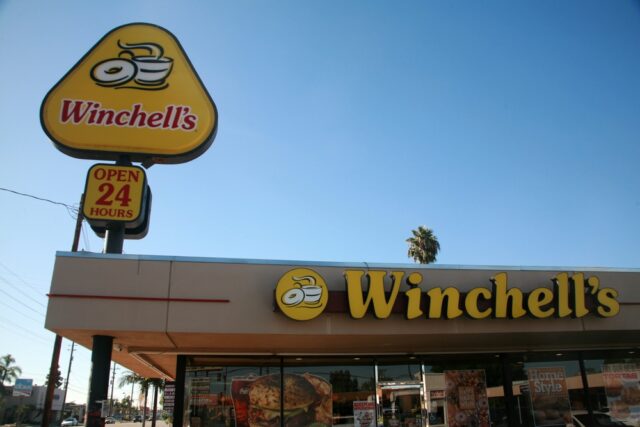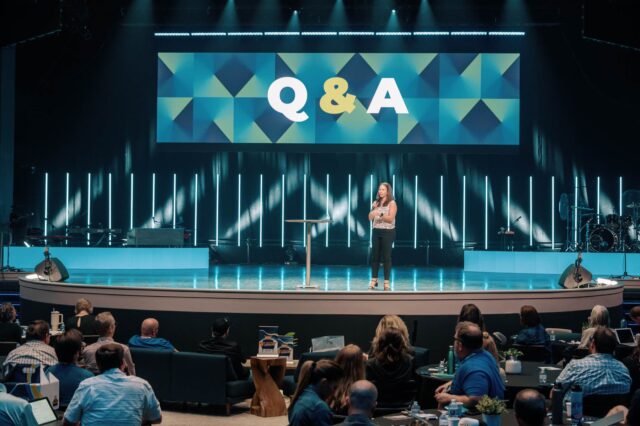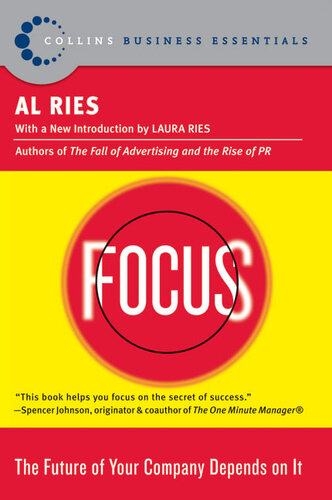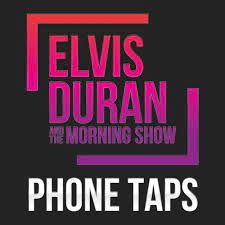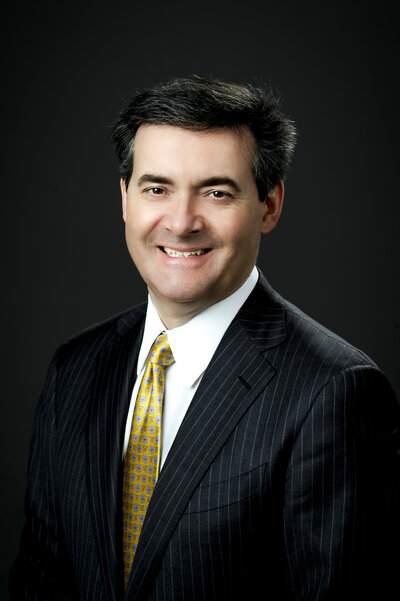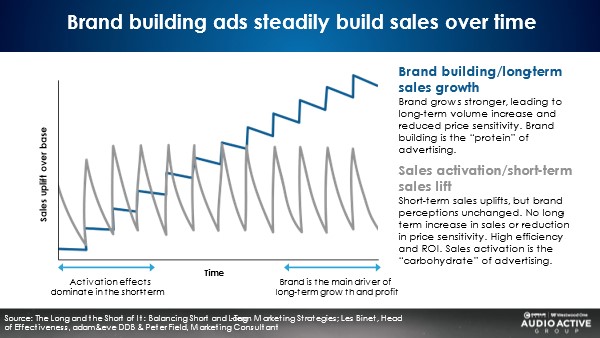
“Your greatest strength begets your greatest weakness” is a quote typically attributed to William Shakespeare. The idea is that excelling in one dimension may reveal a vulnerability in another. For example, the military that develops overwhelming superiority on its northern flank may find itself under-prepared for an attack on its southern flank.
While one may think of this theme as a linear pathway from greatness to decline (e.g., your strength exposes a weakness, that weakness is exploited, game over), it’s often more complicated than that. In many cases, your strength and your weakness are ever-present, and the latter does not completely counteract the former. The restaurant that is great for breakfast may have a hard time convincing people that it’s also great for dinner, and the restaurant that has a line out the door in the evening may not get much traffic in the morning—but each restaurant may thrive because of, not in spite of, its area of specialization.
In the audio entertainment space, competition from online streaming services and podcasts has disrupted the local radio business. For radio, curating a shared experience is both a strength and a weakness. Successful radio stations are really good at programming a compelling flow of music and/or talk content for a mass audience. But, when your job is to curate for many, you inevitably cannot satisfy all. Online streaming services and podcasts can swoop in and fill a need that radio cannot, giving consumers exactly what they want when they want it. Do you want to listen to the latest Zach Bryan release ten times in a row? No problem. Do you want to listen to a year-old SmartLess episode from start to finish, off and on over the course of your day? Done.

Most radio stations don’t play Zach Bryan, but streaming offers endless listens. (Photo credit: Blake Harbison/Unsplash)
Yet, our consumer research reminds me of the fine line between weakness and strength. Mass-appeal curation makes radio vulnerable to on-demand competition, but mass-appeal curation nonetheless remains a perceived benefit of radio. For example, here is a selection of music-related comments from recent studies in which we’ve asked people to describe why they sometimes choose radio over other options:
“It’s fun to just listen to a radio station and not think about what song to play next.”
“I like to hear new things instead of my same old playlists.”
“Sometimes I would rather be surprised by what’s going to come up next rather than use music I choose.”
“They play songs I forgot about that I like.”
“I like how music just comes up, and I don’t have to figure out a playlist.”
“Sometimes I want to hear new songs that are popular, or something I haven’t discovered yet.”
“Because I get bored of my music and don’t know what to put on”
“I like to be able to just turn on the radio and let it play without having to choose a song.”

A key perceived strength of radio is that the songs are picked for you. (Photo credit: Fast-Stock/Shutterstock.com)
“When I want to be surprised by what I listen to”
“Sometimes I can’t decide on what I want to listen to, and I end up spending 20 minutes going through the song library trying to pick something out. If I throw on the radio, I’ll hear something I wanna hear.”
Are you a radio executive who spends a lot of time worrying about the downside of curation versus on-demand? I challenge you to refocus some of that energy toward considering how to best demonstrate and promote the upside. It may be more fruitful than you think. After all, your weakness and your strength are often two sides of the same coin.

